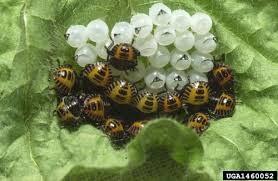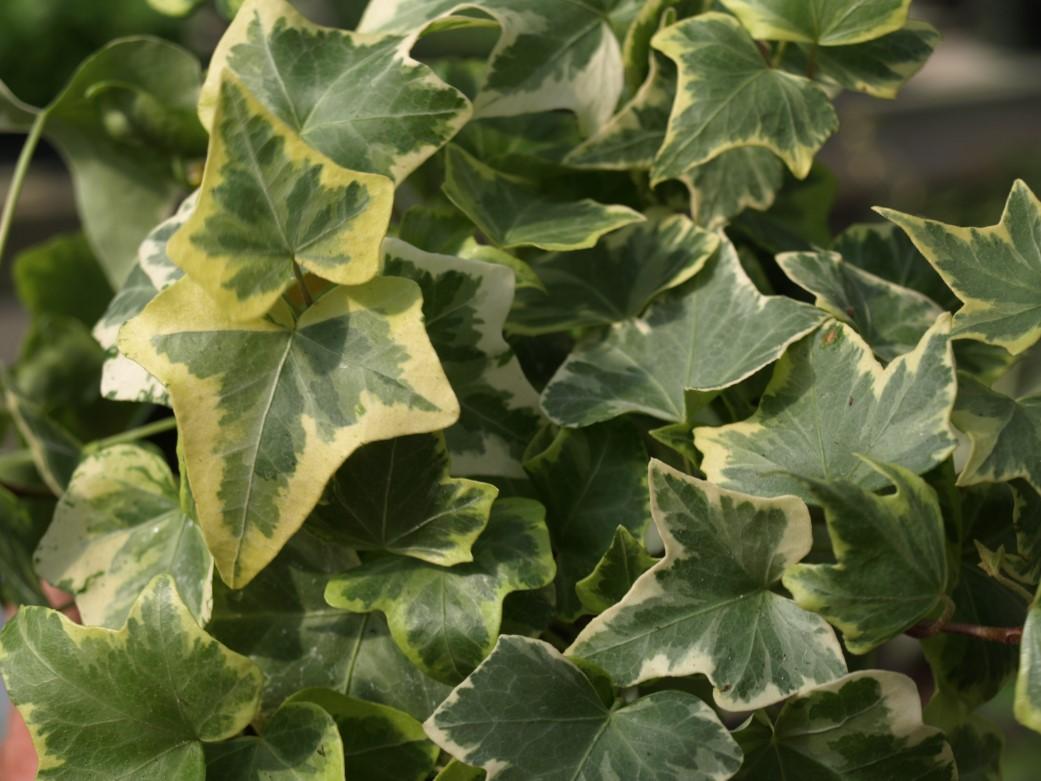Page 6
Warren County Connection
Houseplants for Health By Sue Gwise, Consumer Horticulture Educator
Lastly, we cannot underestimate the therapeutic effects that plants have. They are pleasing to look at and gardening reduces stress. You can take advantage of these benefits simply by bringing plants into your home! In an effort to improve air in space habitats, NASA has been researching indoor air pollution and how plants can improve air quality. The research has been so positive that plants will be launched into space for use in biological life support systems aboard space stations.
We all know that plants are good for the environment. They are especially helpful in improving the air that we breathe. In fact, trees have been called “the lungs of the earth.” All plants carry out photosynthesis as they grow. It is through this process that plants improve our air. Green plants are the only living things that can produce their own food. The photosynthetic process produces food for plants and a by-product of this process enriches our air. During photosynthesis, plants take in sunlight and carbon dioxide. As these are converted into food for plants, oxygen is released. Plants are beneficial because they remove carbon dioxide from the air and they give off oxygen. One large tree will provide one days supply of oxygen
for a family of four. Over a 50-year lifetime, a tree produces oxygen worth over $31,000. An acre of trees removes the carbon dioxide produced by a car driven 26,000 miles.
In addition to carbon dioxide, plants also absorb sulfur dioxide, carbon monoxide, airborne ammonia, and nitrogen oxide. Trees and plants can reduce dust counts by as much as 75%. They also intercept and filter fumes and bad odors. Plants also give off water through a process called transpiration. This humidifies our air.
One large tree can lift 100 gallons of water out of the ground and discharge it into the air in one day.
Much of the indoor air pollution that we deal with here on earth comes from everyday products that are used in building interiors. Many of these products give off chemicals such as benzene, formaldehyde and trichloroethylene. Paints, varnishes, plastics, rubber, insulation, particle board, grocery bags, tissues, paper towels, oils, inks, carpeting, permanent press clothing, natural gas, kerosene, and cigarettes are just some household items that give off chemicals. So, why is this a problem now? Well, our houses are super-insulated. There is very little air circulation. Indoor air can linger for five hours, or more. This allows pollutants to accumulate. Houseplants can absorb indoor contaminants. The root zone actually absorbs certain air toxins and turns them into nutrients which are then used by the plant! The following plants were found by NASA to be the most effective in removing formaldehyde, benzene, and carbon monoxide: Bamboo Palm Chinese Evergreen English Ivy Gerbera Daisy Dracaena Mother-in-law’s Tongue Pot Mum Peace Lily Most of these houseplants have large leaves; this makes them more effective. It is recommended that one potted plant be used for every 100 square feet of home or office space. Source: THE JEFFERSON—Farm and Food E-News , Cornell Cooperative Extension of Jefferson County and Jefferson County, NY 4H






